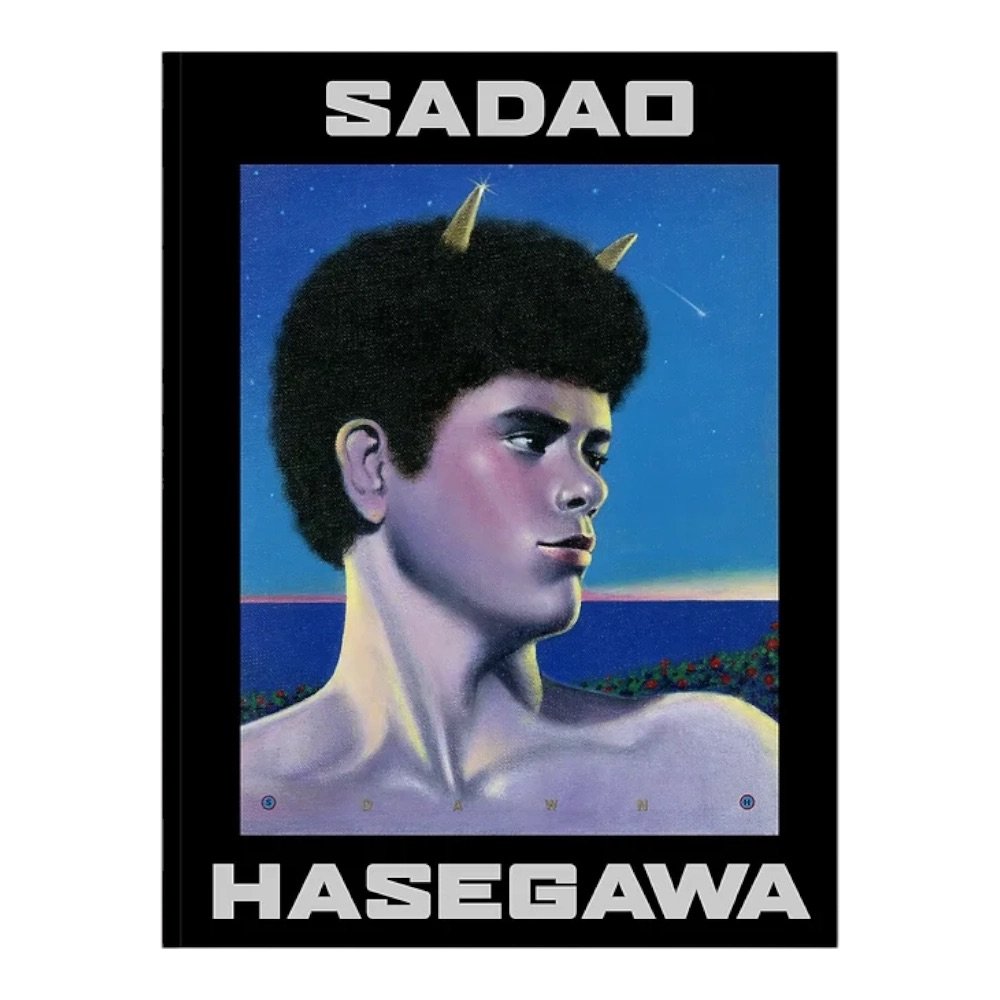 Image 1 of
Image 1 of


Sadao Hasegawa
This is the first posthumous book by Japanese artist Sadao Hasegawa, dedicated to Hasegawa’s rarely-published archive of works. Hasegawa's work is notable for incorporating Japanese, Indian, South-East Asian and African mythology, combined with homo-erotic depictions of hyper-masculine men, in acts of BDSM. Beauty, eroticism and death are recurring themes in Hasegawa’s work; he was inspired by Nobel Prize nominee Yukio Mishima. After Hasegawa’s suicide in 1999, his family was going to dispose of the artists archive but discovered a portrait of Mishima painted on a stone, accompanied by a note requesting that the works be managed by Gallery Naruyama in Tokyo, where the artist’s estate lives on today.
This is the first posthumous book by Japanese artist Sadao Hasegawa, dedicated to Hasegawa’s rarely-published archive of works. Hasegawa's work is notable for incorporating Japanese, Indian, South-East Asian and African mythology, combined with homo-erotic depictions of hyper-masculine men, in acts of BDSM. Beauty, eroticism and death are recurring themes in Hasegawa’s work; he was inspired by Nobel Prize nominee Yukio Mishima. After Hasegawa’s suicide in 1999, his family was going to dispose of the artists archive but discovered a portrait of Mishima painted on a stone, accompanied by a note requesting that the works be managed by Gallery Naruyama in Tokyo, where the artist’s estate lives on today.
This is the first posthumous book by Japanese artist Sadao Hasegawa, dedicated to Hasegawa’s rarely-published archive of works. Hasegawa's work is notable for incorporating Japanese, Indian, South-East Asian and African mythology, combined with homo-erotic depictions of hyper-masculine men, in acts of BDSM. Beauty, eroticism and death are recurring themes in Hasegawa’s work; he was inspired by Nobel Prize nominee Yukio Mishima. After Hasegawa’s suicide in 1999, his family was going to dispose of the artists archive but discovered a portrait of Mishima painted on a stone, accompanied by a note requesting that the works be managed by Gallery Naruyama in Tokyo, where the artist’s estate lives on today.
